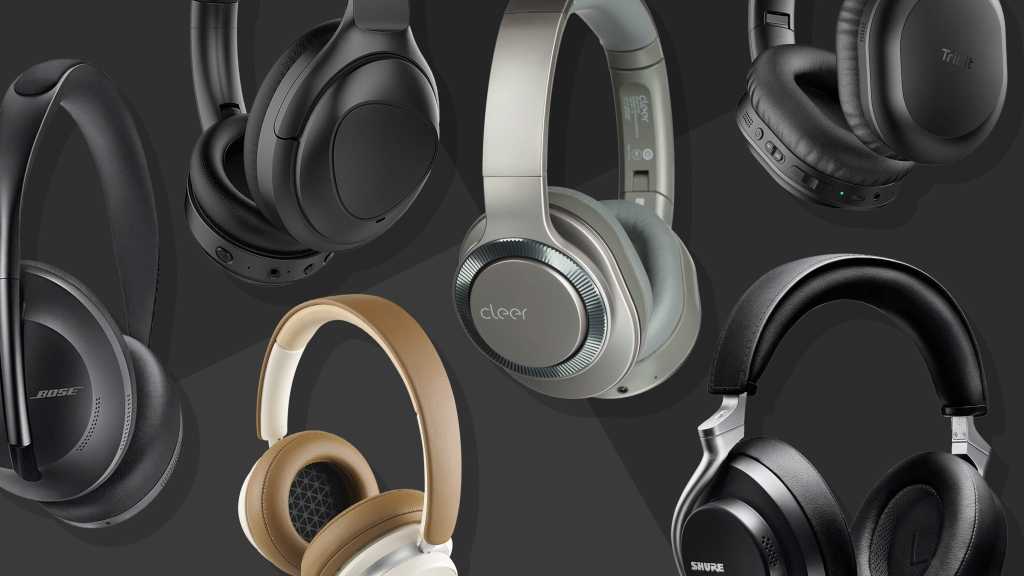When you’re in the market for headphones, you’ll see that noise-cancelling headphones are becoming the most popular variety. There’s a good reason for that: They block out ambient noise that can distract from you enjoying your favorite tunes. While they’re particularly useful for air travel and daily commutes—especially via mass transit—they’re also great at isolating you from at-home noise pollution, whether that be the whoosh of your HVAC system, the whir of your computer’s cooling fans, or your neighbor’s lawn mower.
Many people, on the other hand, don’t like active noise cancellation, believing that it compromises audio reproduction. Indeed, that was a much bigger problem a few years ago, and we’d encourage you to check out a modern set. Still not interested? No worries, you’ll find our top picks in conventional headphones at the preceding link.
Updated October 17, 2023 to add a link to our Bose QuietComfort Ultra Headphones review. Like their earbud counterparts, the Bose QuietComfort Ultra Earbuds, pulling into a tie with Sony’s WF-1000XM5 buds, Bose’s new cans have achieved parity with Sony’s WH-1000XM5 as the best in-ear noise-cancelling headphones.
Bose QuietComfort Ultra Headphones — Best over-ear noise-cancelling headphone (tie with Sony WH-1000XM5)
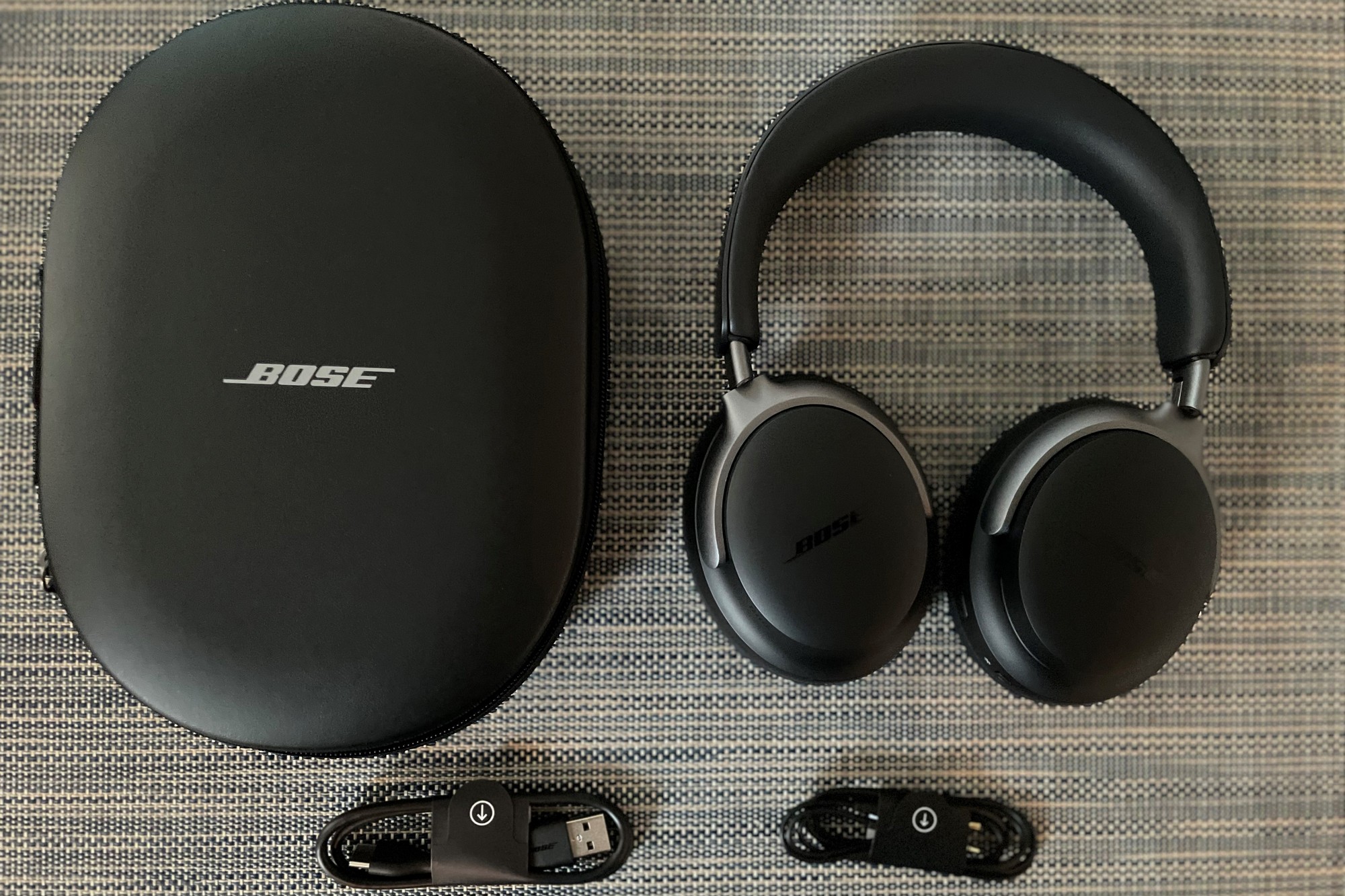
Pros
- High-grade audio reproduction
- Bose’s best-ever active noise cancellation
- All day wearability
- There’s a new toy to play with: Immersive Audio
Cons
- While improved, battery life isn’t state of the art
- Immersive Audio can be gimmicky and isn’t superior to Dolby Atmos or Sony 360 Reality Audio
The Bose QuietComfort Ultra Headphones nail it on nearly every front: Audio performance, active noise cancellation, call quality, industrial design, and ergonomics. If spatial audio is a must-have feature on your list, you’ll probably be happier with Sony’s WH-1000XM5, which support Sony’s own 360 Reality Audio technology, where Bose’s cans pull off the trick without relying on coding in the music itself. But there’s no denying that Bose and Sony are equally at the top of their game when it comes to stereo audio reproduction and active noise cancellation than doesn’t interfere the artist’s intent.
Sony WH-1000XM5 — Best over-ear noise-cancelling headphone (tie with Bose QuietComfort Ultra Headphones)
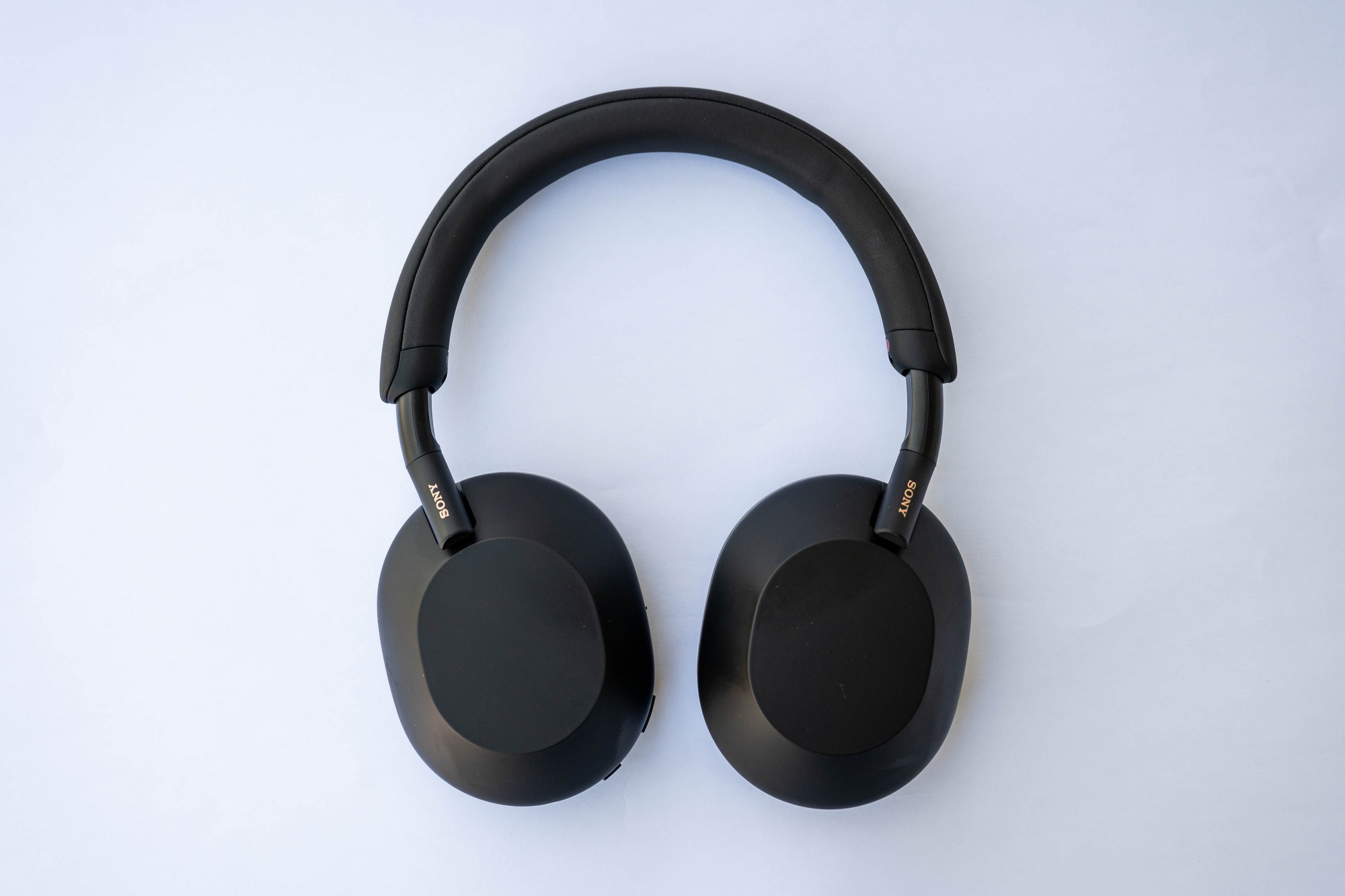
Pros
- New carbon fiber driver delivers intoxicating sound
- Best-in-class noise cancellation is better than ever
- Outstanding adaptive noise-cancelling performance
- Beam-forming mics make near-perfect calls in noisy environments
Cons
- Noise cancellation subject to the occasional audible artifact
- No support for aptX codecs
Sony didn’t just refine its previous generation of noise-cancelling headphones, they redefined what was possible. The WH-1000XM5 are the finest noise-cancelling headphones Sony has ever made, and they’re the best noise-cancelling headphones we’ve ever reviewed. They’re supremely comfortable to wear for long listening sessions, they deliver unparalleled noise cancellation, and–most importantly–they sound absolutely fantastic. These are the noise-cancelling over-ear headphones to beat.
Bowers & Wilkins Px7 S2 — Best over-ear noise-cancelling headphone, runner-up

Pros
- Exceptional audio performance
- aptX Adaptive support for hi-res audio
- Very good active noise cancellation
- Excellent build quality
Cons
- B&W trails Sony in terms of glitzy features
- No support for surround sound formats, including Dolby Atmos
- Slightly bulkier than the Sony WH-1000XM5 they compete with
Sony takes the crown in terms of whizbang features, support for surround sound formats like Dolby Atmos and its own 360 Reality Audio, and superior active noise cancellation. But B&W’s cans sound every bit as good, and they’re certainly no slouch when it comes to active noise cancellation.
Apple AirPods Max — Best over-ear noise-cancelling headphone for Apple users
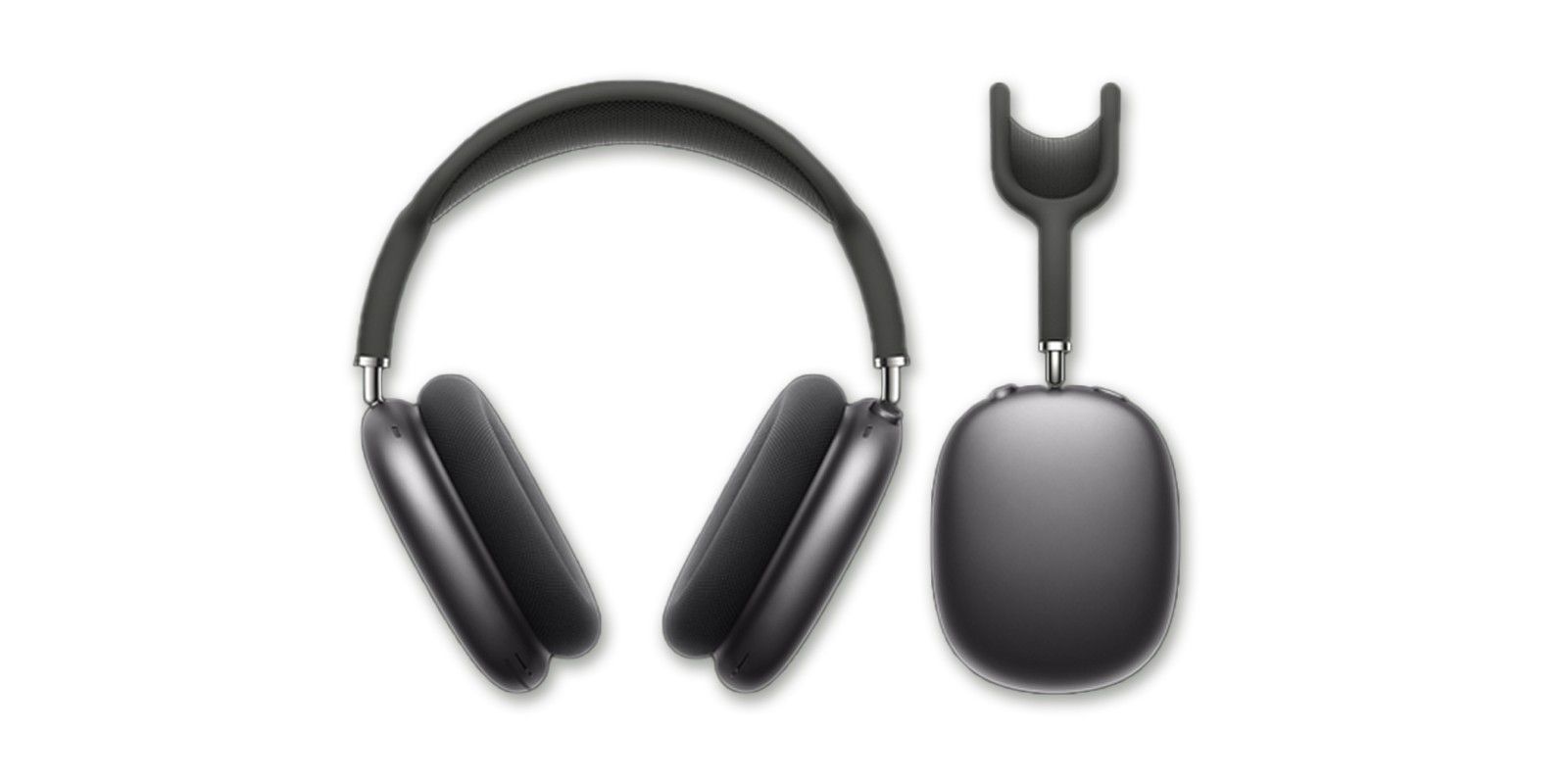
Pros
- Clear, well balanced sound
- Solid noise cancellation and stellar transparency mode
- Terrific controls for volume, playback, and ANC
- Tightly integrated with Apple ecosystem
Cons
- Still uses Lightning rather than USB-C
- Wired listening requires a pricey adapter
- Smart Case offers minimal protection from the elements
- Relatively short battery life
There’s a lot to love about Apple’s AirPods Max, including the elegant design, the best-in-class physical controls, the solid ANC, and the superb transparency mode. Most importantly, the sound is sublime. Then there’s the quirks, including the silly-looking and minimally protective Smart Case, Lightning instead of USB-C, no out-of-the-box wired listening, and so-so battery life. But if you’re deeply invested in the Apple ecosystem, the AirPods Max will be a thrill for your ears.
Focal Bathys — Most luxurious noise-cancelling headphone
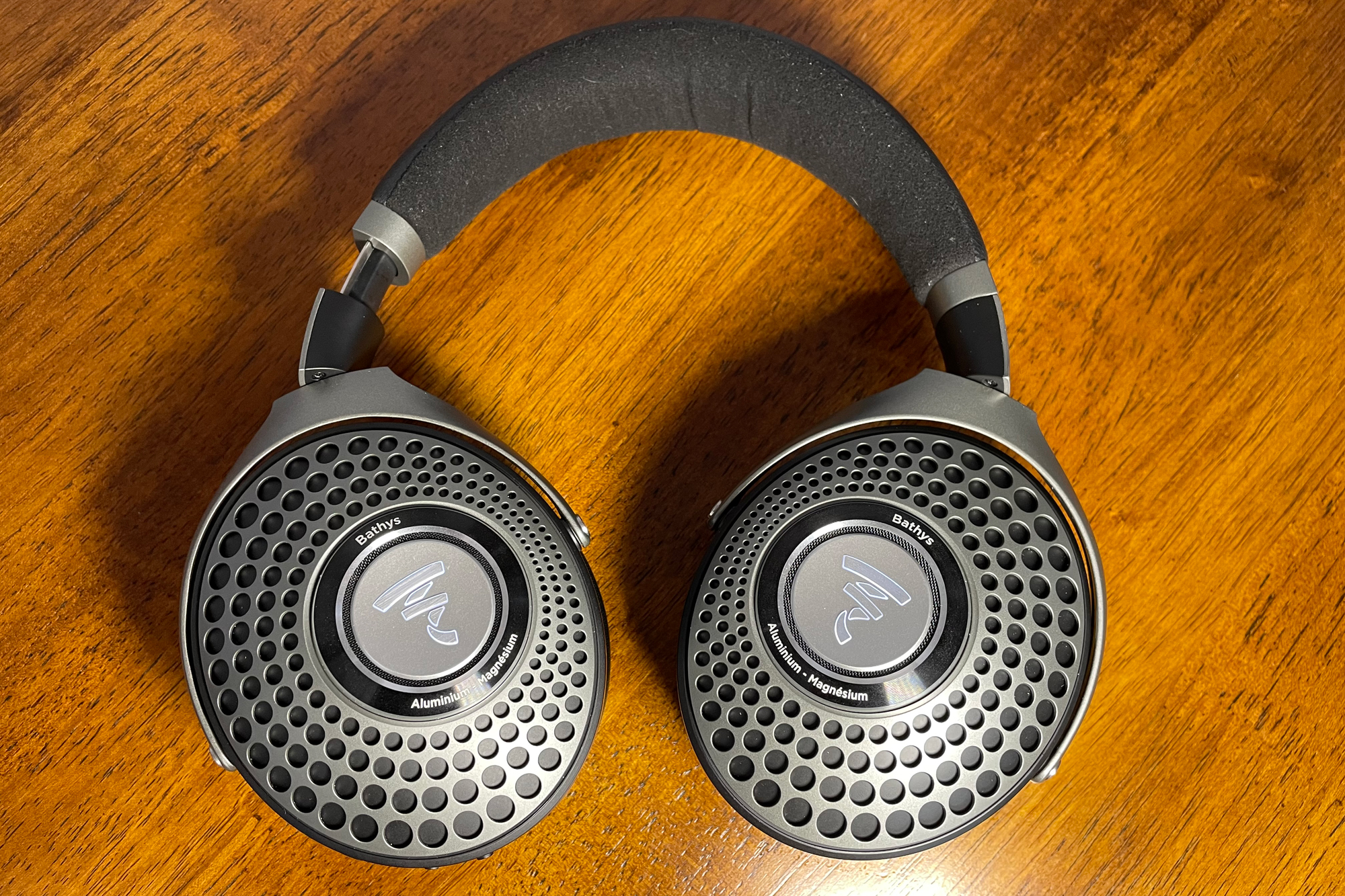
Pros
- Amazing audio fidelity, wired or wireless
- AAC, aptX, and aptX Adaptive codec support
- Onboard 24-bit/192kHz DAC
- First-class materials and build quality
Cons
- No support for Sony's LDAC codec
- Expensive
Very good active noise cancellation nonetheless takes a backseat to audio fidelity in Focal’s exquisite Bathys wireless headphone, and we’re just fine with that.
Mark Levinson No. 5909 — Most luxurious noise-cancelling headphone, runner-up
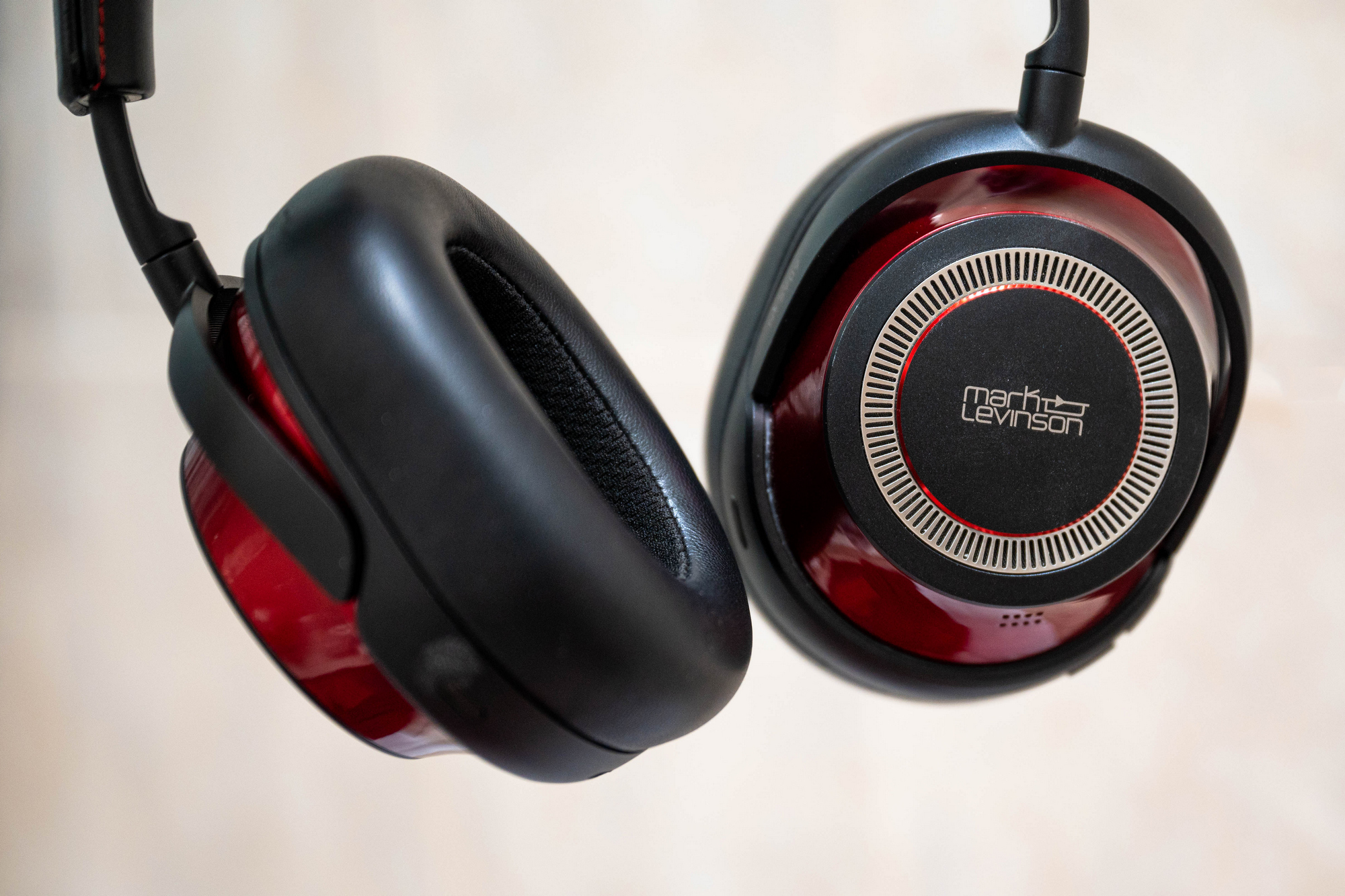
Pros
- Best-in-class audio performance
- Premium materials and build quality
- Bluetooth 5.1 with support for LDAC, AptX Adaptive, and AAC codecs
Cons
- Noise cancelling can’t be engaged during phone calls
- Buggy on-head detection
- Very expensive
If you’ve got it, flaunt it–knowing that the lofty price Mark Levinson expects to fetch for its 5909 noise-cancelling headphones is justified by its performance and exquisite craftsmanship. These headphones sound as luxurious as they feel wrapped around your ears.
Anker Soundcore Space Q45 — Best mid-priced over-ear noise-cancelling headphone
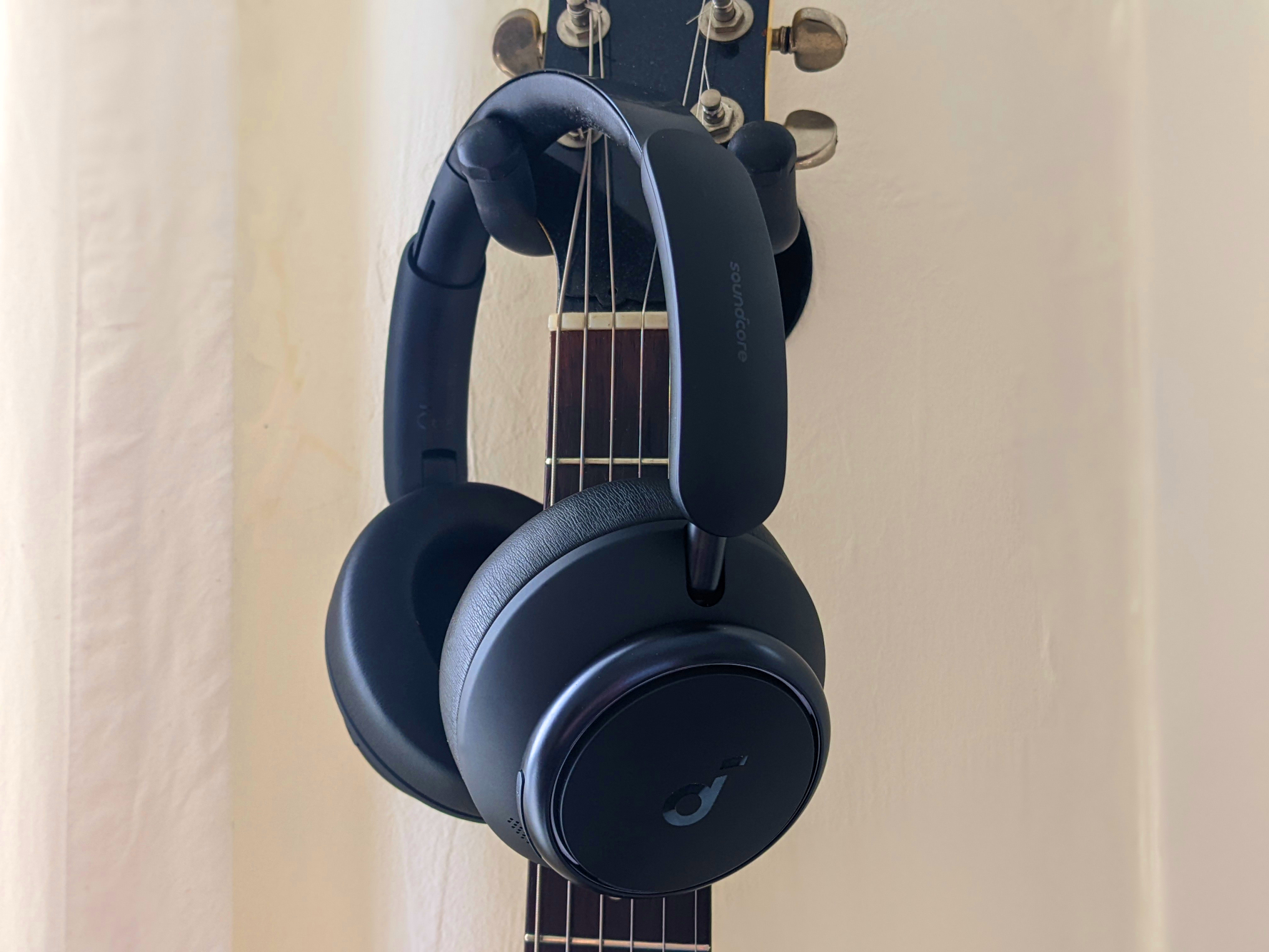
Pros
- Excellent, well-balanced sound
- Highly effective active noise cancellation
- LDAC codec support
- Handsome industrial design
Cons
- ANC minutely diminishes top-end frequencies
- No support for aptX codecs
- Some Bluetooth lag
Great sound, great comfort, great looks: Anker has gone lux and made the Soundcore Space Q45 one of the best headphone experiences in its price range.
Wyze Noise-Cancelling Headphones — Best budget-priced over-ear noise-cancelling headphone
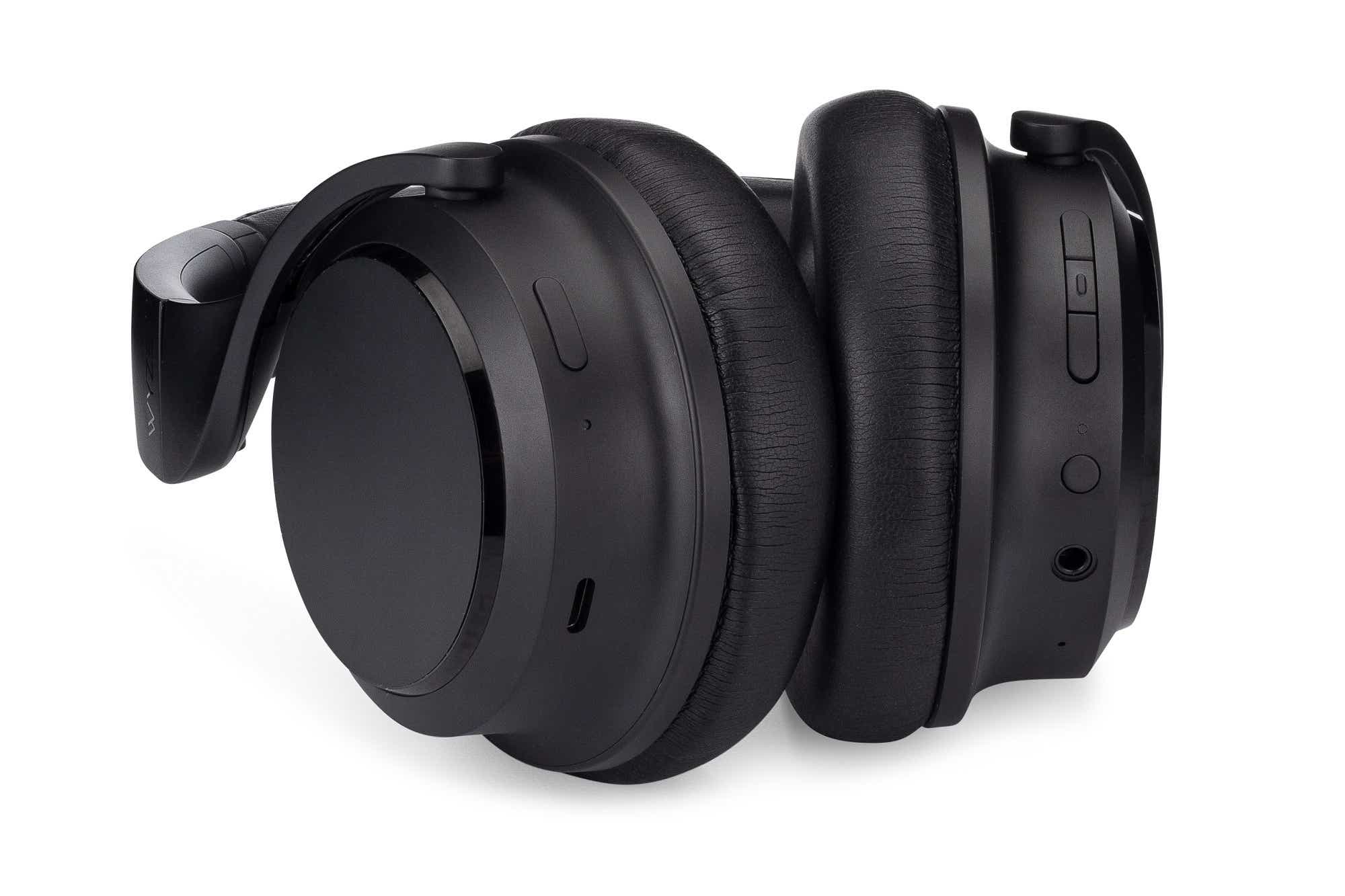
Pros
- Excellent active and passive noise cancellation
- Super comfortable
- Very good sound overall
- Extremely affordable
Cons
- Tiny degradation in frequency response when using active noise cancellation
- 1/4-inch and airline adapters not included
It’s hard to believe how inexpensive these noise-cancelling Bluetooth headphones are, but that’s par for the course for Wyze Labs, a company that never seems to fail to package the most bang for the buck in every product they make. While their audio quality doesn’t compete with the higher-end models, and they might not be as durable as some of the more expensive brands, you won’t be too upset if they break and need to be replaced after a few years.
Bose QuietComfort Ultra Earbuds — Best in-ear noise-cancelling headphone overall (tie with Sony's WF-1000XM5)
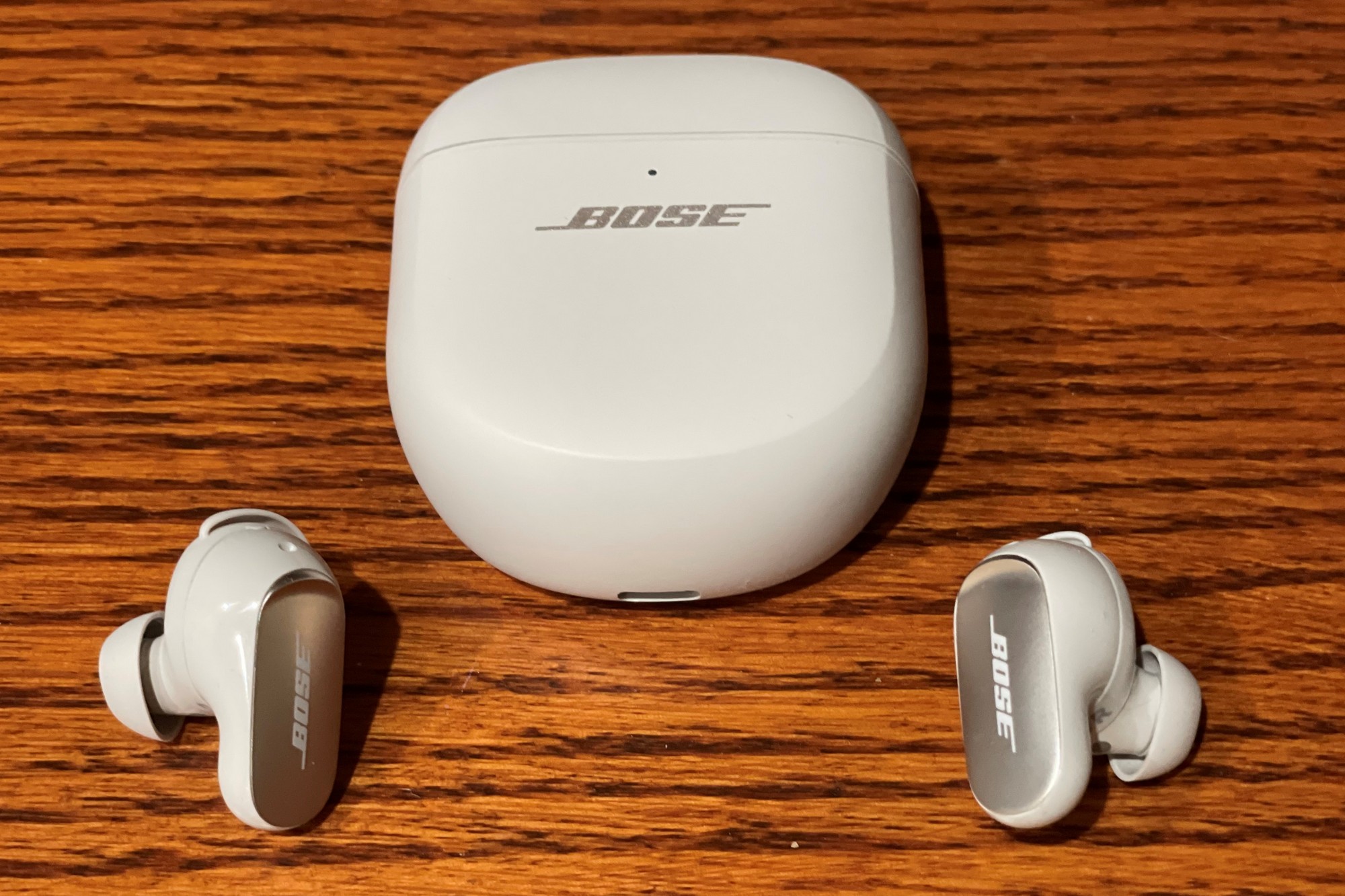
Pros
- Bose’s immersive audio processing works on any and all content
- Industry-leading active noise cancellation
- Comfortable and secure fit
- Automatic customized sound optimization
Cons
- Mediocre battery life when immersive audio is engaged
- Wireless case charging costs extra
- Immersive audio sometimes buries good stuff
- Active noise cancellation cannot be turned off
Bose QuietComfort Ultra Earbuds bring sonic immersion and engagement to an already solid in-ear audio foundation. To determine which are the be-all, end-all earbuds for you, we heartily recommend you compare them to the equally great Sony WF-1000XM5.
Sony WF-1000XM5 — Best in-ear noise-cancelling headphone overall (tie with Bose QuietComfort Ultra Earbuds)
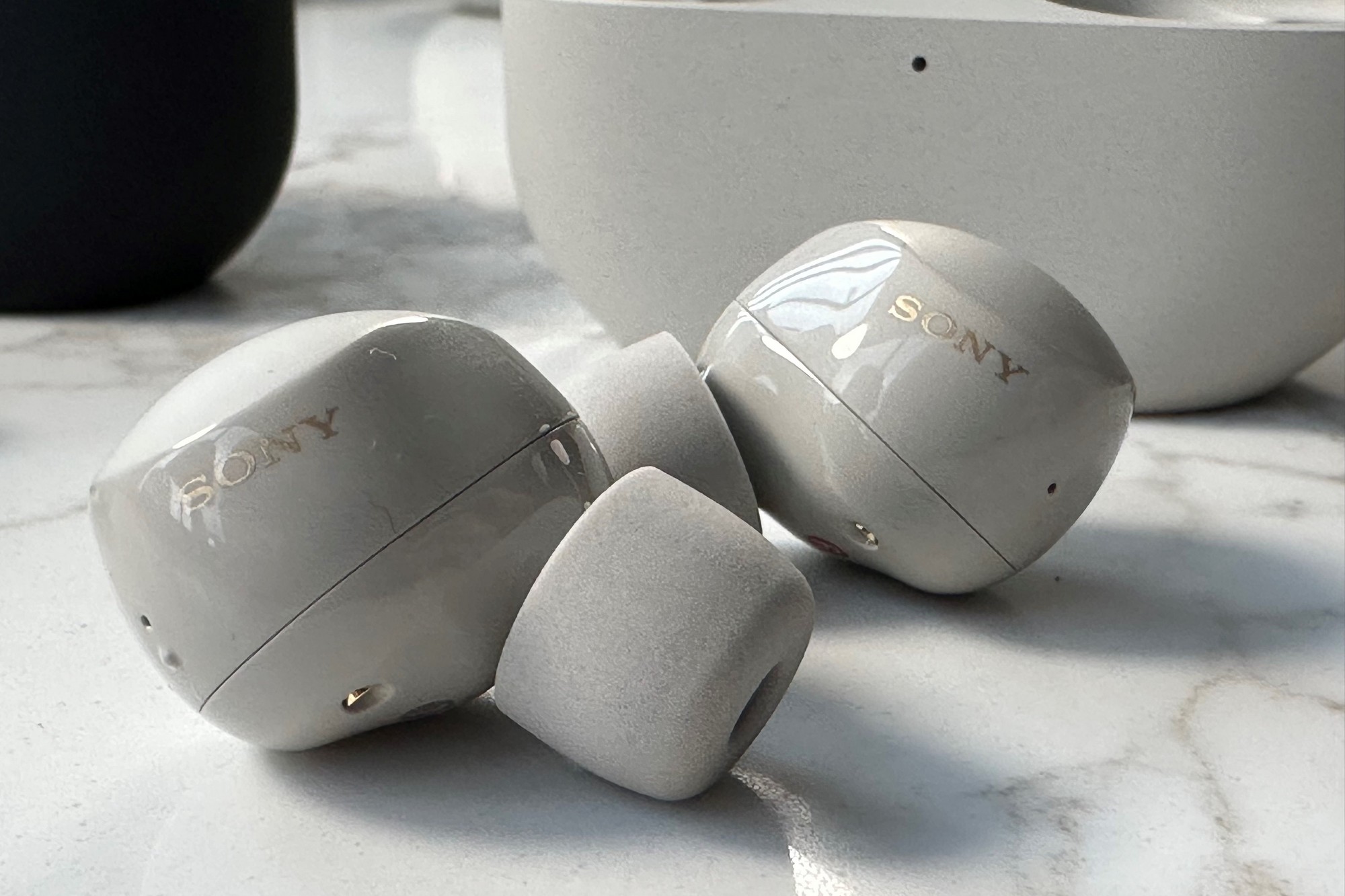
Pros
- Upgraded driver and DAC yield improved sound and better dynamic range
- More comfortable, smaller, and lighter than the previous generation
- Among the industry leaders in active noise-cancelling
- Outstanding call quality in noisy environments with AI and vibration-sensing technologies
- LDAC, AAC, and (soon) Bluetooth LE support
Cons
- Transparency mode lacks the same magic as Apple’s AirPods Pro 2
- No aptX codec support
- Potential issues with some wireless chargers
Sony’s new WF-1000XM5 don’t beat Bose in terms of active noise cancellation, and the second-gen Apple Airpods Pro have a better transparency mode, but Sony’s new buds come very close on both of those scores, some would argue that Sony’s audio reproduction is superior to Bose–we definitely think it’s better than Apple’s. And that’s our primary reason for recommending a headphone of any type. These earbuds have a marvelous set of other features, too. To determine which are the be-all, end-all earbuds for you, we heartily recommend you compare them to the equally great Bose QuietComfort Ultra Earbuds.
Anker Soundcore Liberty 4 — Best budget-priced in-ear noise-cancelling headphone
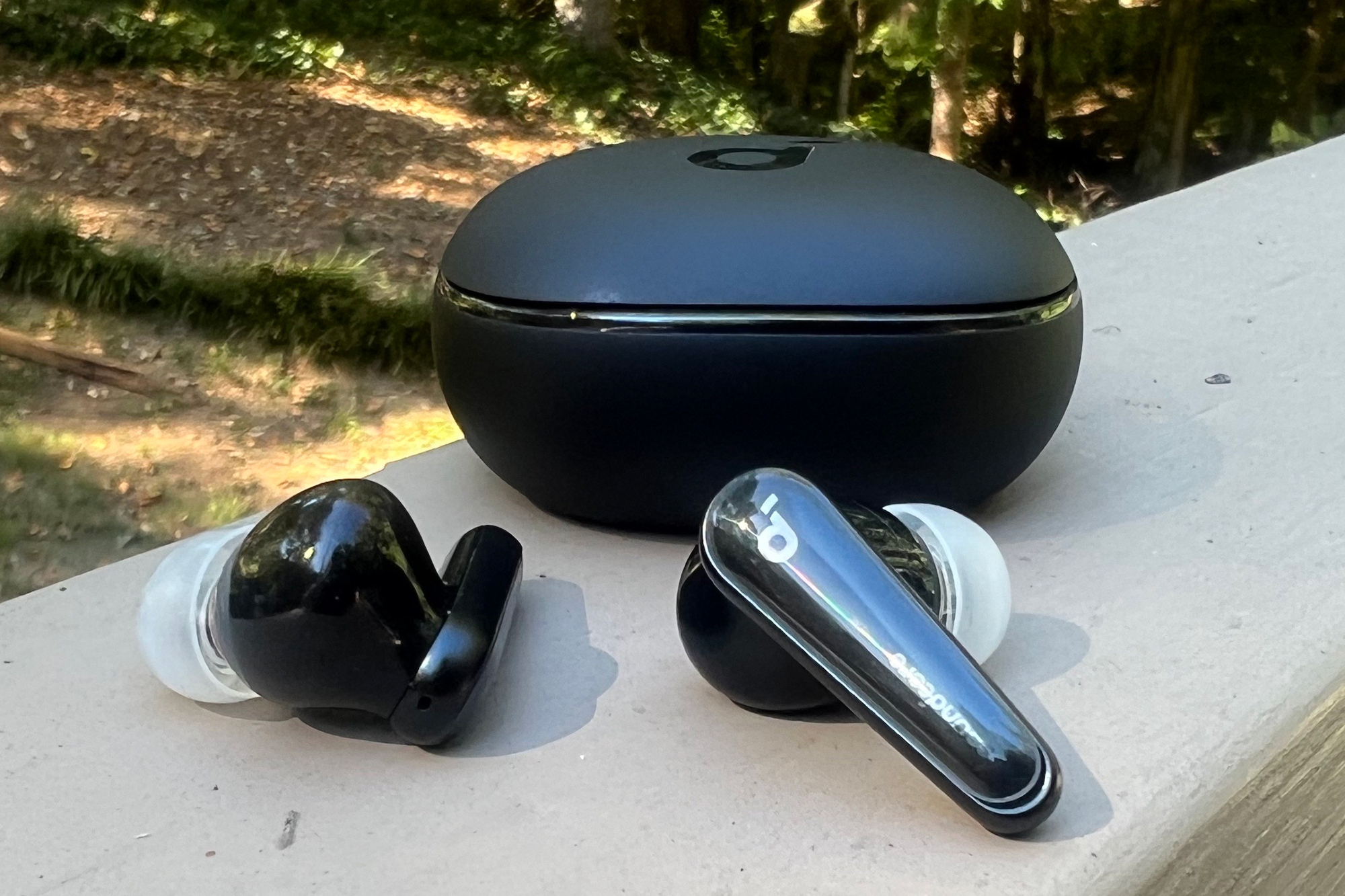
Pros
- Outstanding sound
- Spatial audio support
- AAC, aptX, and LDAC codec support
Cons
- Do you really want earbuds tracking your health?
These outstanding in-ear headphones deliver noise cancelling, customizable EQ; AAC, aptX, and LDAC codec support; and even a health-tracking feature.
Google Pixel Buds Pro — Best in-ear noise-cancelling headphone for Android users
Pros
- Beautiful design
- Slick integration with Android
- Great battery life
Cons
- No iOS app
- No support for the aptX or LDAC codecs
Android users envious of the tight integration that Apple AirPods Pro offer iPhone users will be overjoyed with the flawless integration and solid audio performance that Google delivers with its best in-ear noise-cancelling headphones.
Apple AirPods Pro (second-generation) — Best in-ear noise-cancelling headphone for Apple users
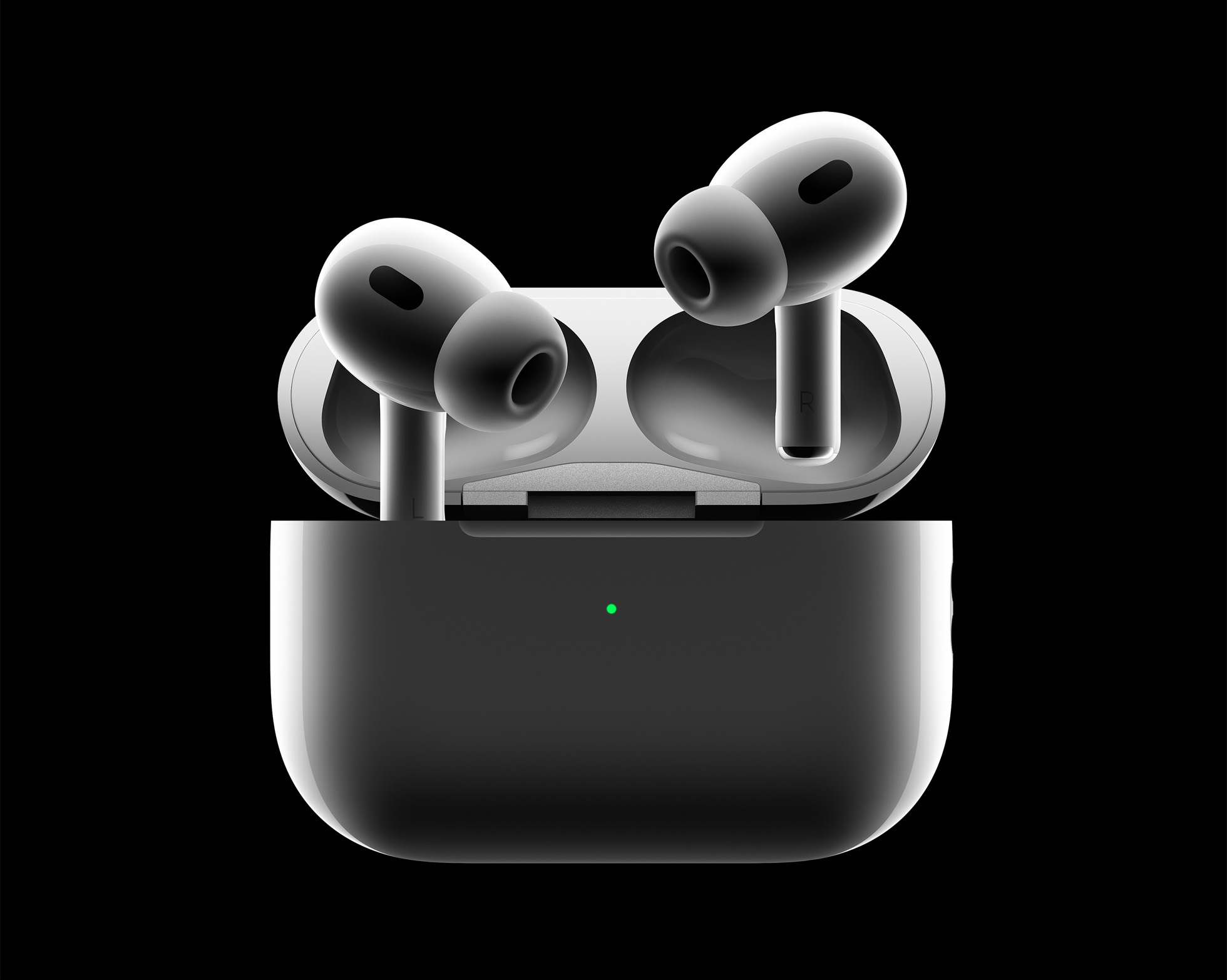
Pros
- Top-tier sound reproduction
- Much improved ANC
- Better battery life
- Case works with a variety of MagSafe chargers
Cons
- Lacks user customizable EQ options
- IPX4 splash resistance for buds and case is just so-so
- Geared primarily toward the Apple ecosystem
- No lossless playback
The original AirPods Pro were pretty decent for their time, but the second-generation version tops the original in almost every way, boasting greatly improved sonics and bass response, twice the ANC, a new Transparency mode that blunts excessively loud exterior noises, better battery life, and a MagSafe-enabled carrying case that now works with Apple Watch chargers. Of course, the best AirPods Pro features will only work within the Apple ecosystem, which means Android users would be better off looking elsewhere.
Shopping for active noise-cancelling headphones
Headphones with active noise cancellation (ANC) identify sound waves associated with noise and electronically generate an inverse sound wave that cancels it out. Here’s what we mean: A sound wave is similar to the ripples in a pond. Toss a pebble in the pond, then introduce ripples of the opposite pattern, and you’ll smooth the pond’s surface. Active noise cancellation (ANC) works in a similar manner. Microphones mounted on the headphone analyze ambient sound waves and then produce inverse sound waves that will cancel them out.
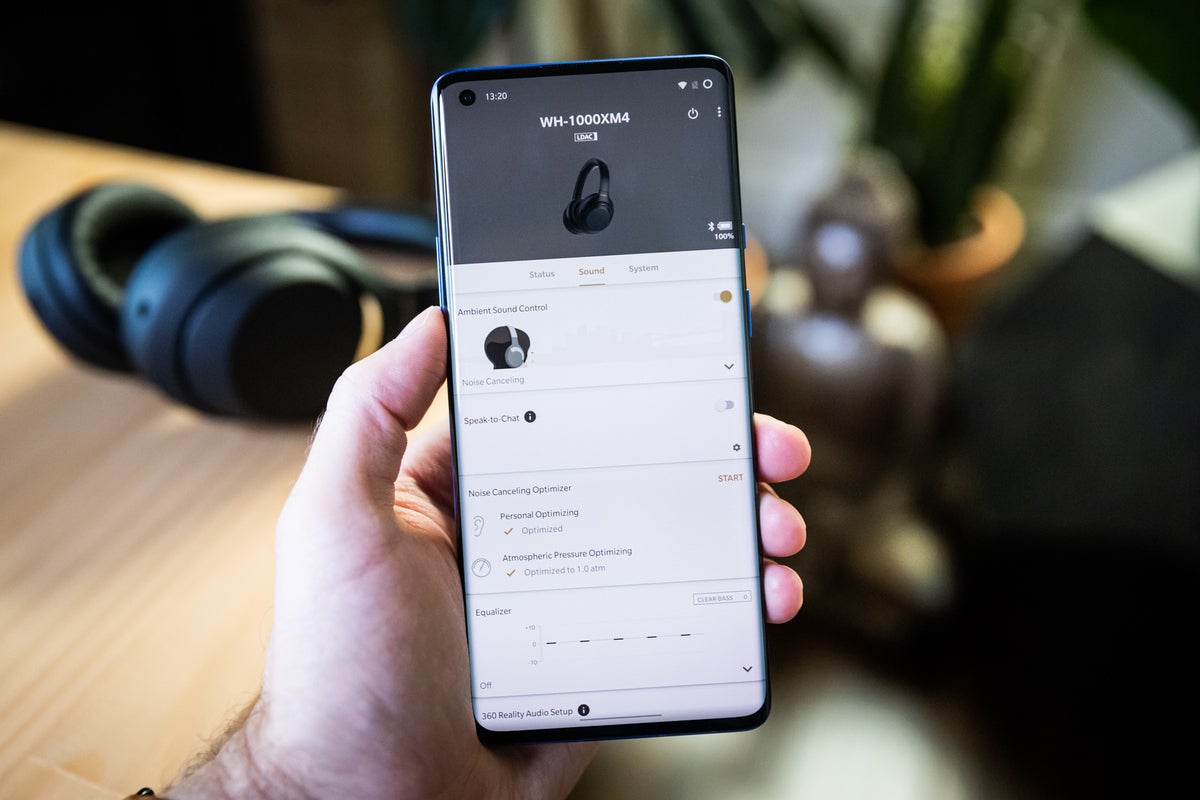
Most ANC headphone manufacturers, including Sony, provide a mobile app that lets you tailor their headphone’s noise cancellation to your preferences.
As you might expect, the ANC technologies from some manufacturers are incredibly effective; others, less so. We’ve tested models from AKG, Bose, Bowers & Wilkins, JBL, Libratone, and Sony and found them to be very good.
Adaptive noise cancellation is the most sophisticated type of ANC. It operates on the same principles, but adapts to your surroundings to apply more or less of the effect and to even bring in sounds from the outside world.
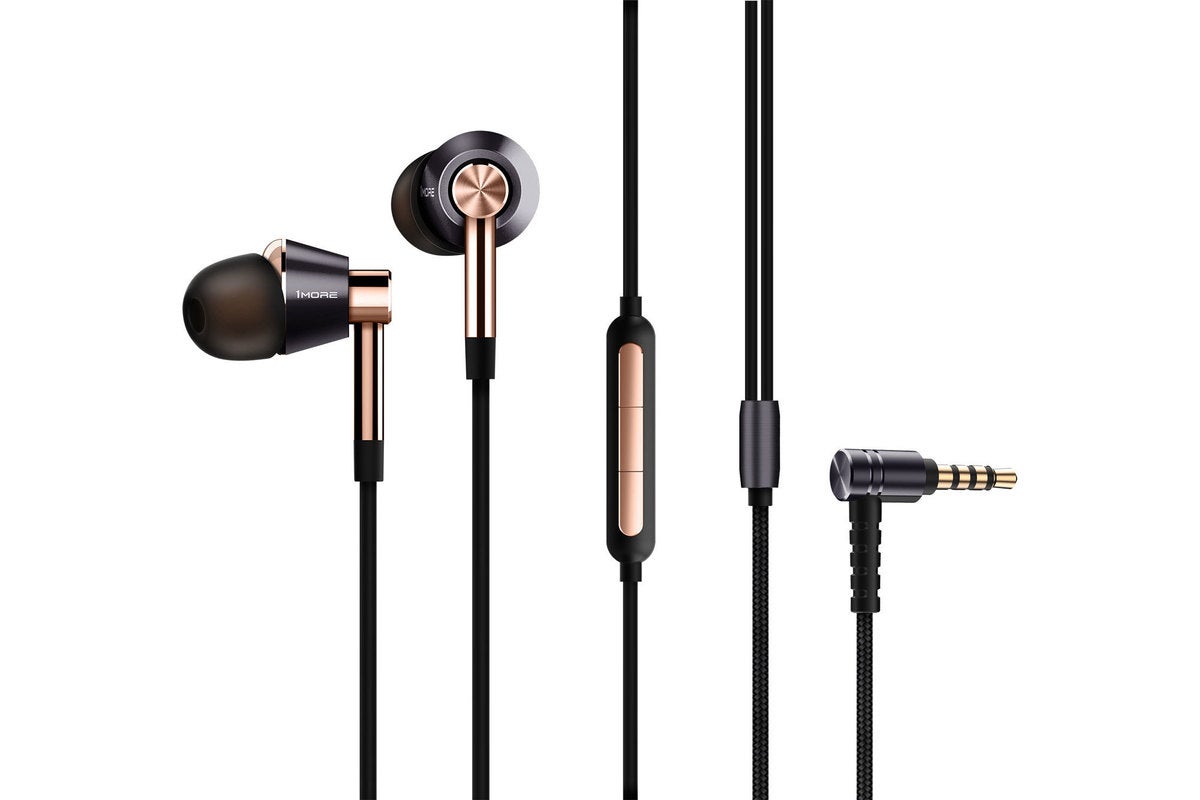
There’s more than one way to block ambient noise, closed-back over-ear headphones and in-ear headphones like the iMore Triple Driver shown here, can perform the task without introducing inverse soundwaves. And in many cases, without batteries.
Some adaptive noise-cancelling solutions even take into account how fast you’re moving, the air pressure around you, and whether you’re likely in a plane, taking a walk, or holding a conversation. Many operate in conjunction with a mobile app on your smartphone.
Some individuals find that ANC headphones exert pressure on their ears, creating a similar sensation to being under water. If you find ANC headphones to be uncomfortable, you’ll prefer a model with good passive noise cancellation. That type of headphone deliver other benefits, too: They’re the least likely to color the music you’re listening to, and they don’t need batteries. On the other hand, not all headphones with passive noise cancellation are wireless.

